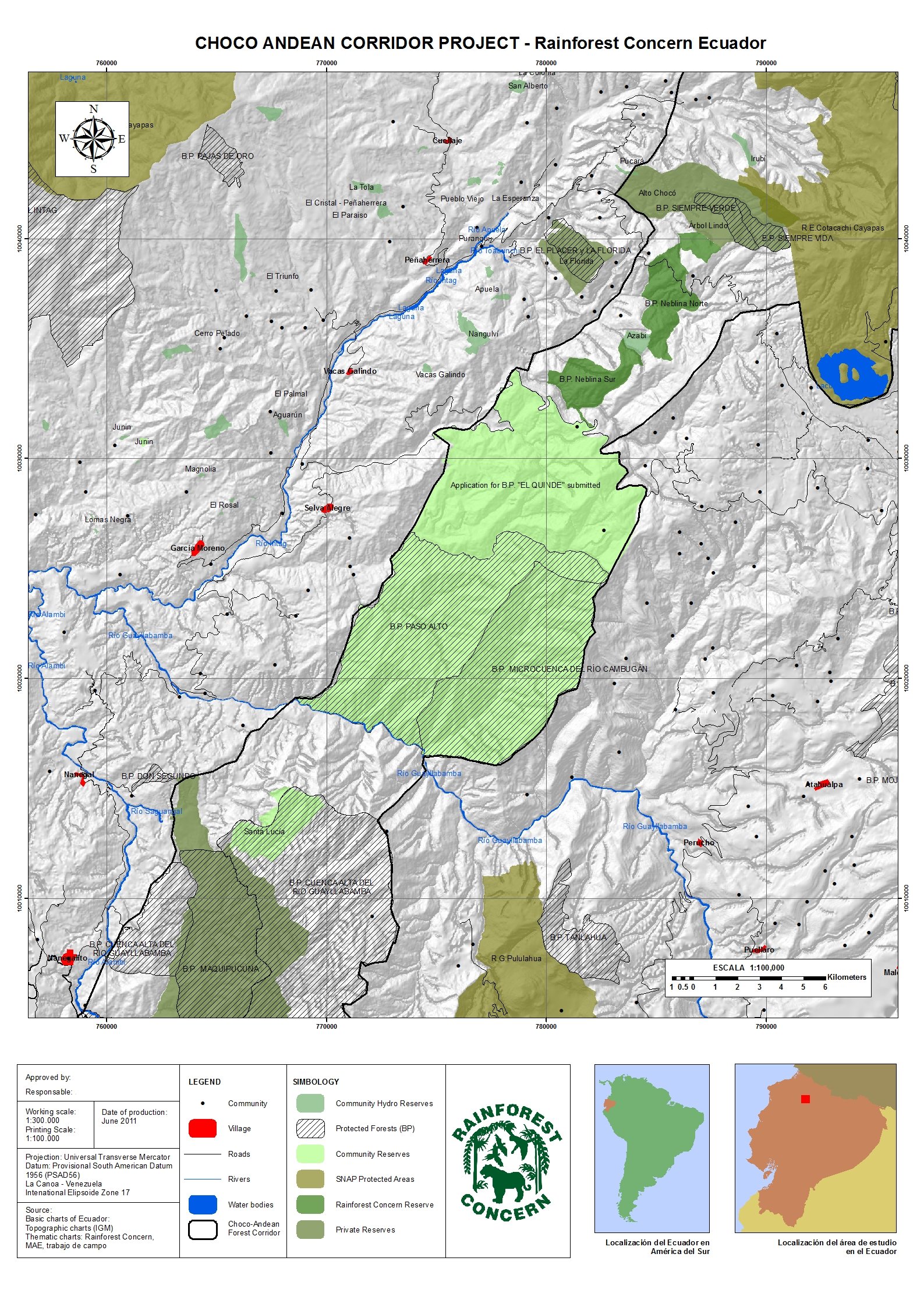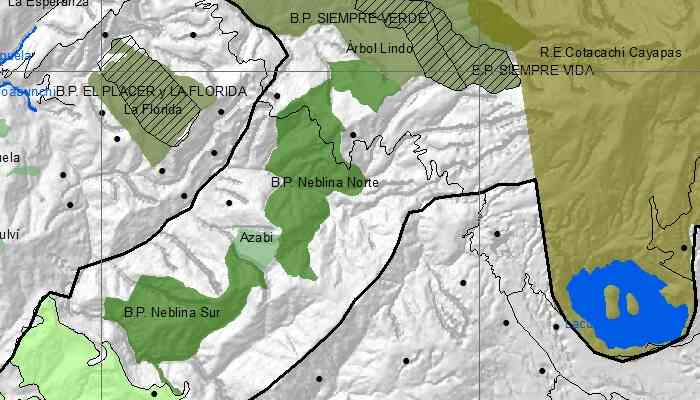Connecting Habitats in the Tropical Andes: The Role of Neblina Reserve in Conservation
A wildlife corridor, habitat corridor, or green corridor is an area of habitat connecting wildlife populations separated by human activities or structures (such as roads, development, or logging). These corridors allow an exchange of individuals between populations, which may help prevent the negative effects of inbreeding and reduced genetic diversity (via genetic drift) that often occur within isolated populations. Corridors may also facilitate the re-establishment of populations that have been reduced or eliminated due to random events, such as fires or disease.
The Tropical Andes is the most biologically diverse of all the global biodiversity hotspots. The Neblina Reserve consists of over 2,200 hectares of threatened high-altitude cloud forest in northwestern Ecuador. Located in the Tropical Andes hotspot, this bioregion is about four times more diverse than Ecuador’s lowland Amazon forests and is far more threatened.

Rainforest Concern is committed to extending the Neblina Reserve to expand the overall biological corridor. This project involved mapping and surveying the pieces of land acquired by Rainforest Concern to create a continuous protected forest from the Cotacachi Cayapas Reserve in the north to the Taminaga Grande community forest in the south.
More information can be found at Rainforest Concern
